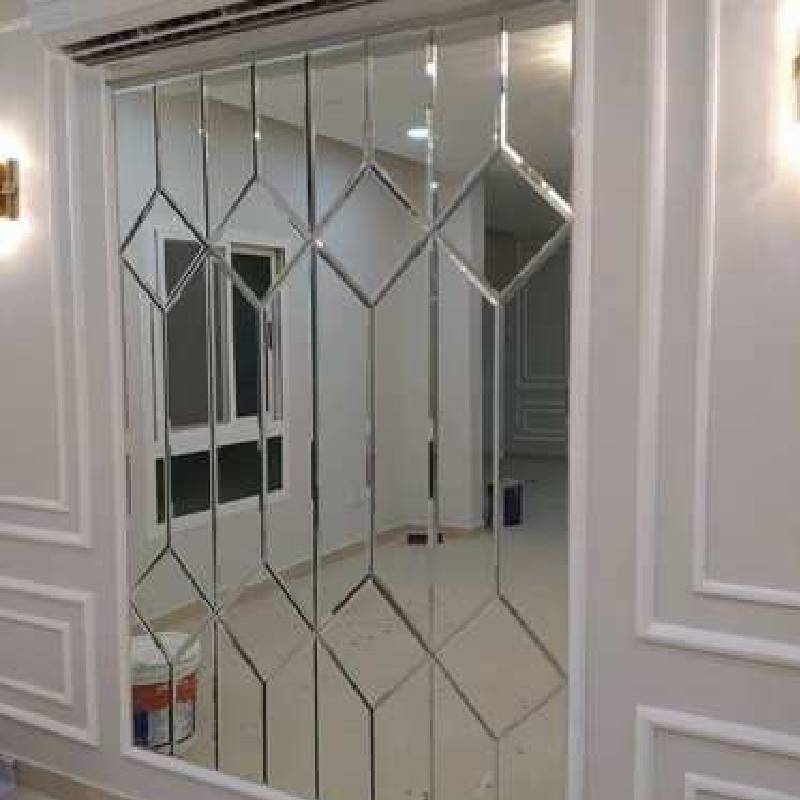The Advantages of Low Iron Glass A Clear Choice for Modern Architecture
In the world of architecture and interior design, every detail matters, especially when it comes to selecting the right materials. One such material that has gained significant attention in recent years is low iron glass. Known for its exceptional clarity and aesthetic appeal, low iron glass is becoming a preferred choice for both residential and commercial projects. In this article, we will explore what low iron glass is, its benefits, and why it should be considered for your next construction or renovation project.
What is Low Iron Glass?
Low iron glass is a type of flat glass that contains a reduced amount of iron oxide, which is responsible for the green tint often seen in standard glass. The reduction of iron content allows for a higher level of transparency and a clearer appearance, making it an ideal material for applications where visual clarity is paramount. This type of glass is produced through various processes, including float glass manufacturing, and is available in a wide range of thicknesses and sizes.
The Key Benefits of Low Iron Glass
1. Exceptional Clarity and Transparency The primary benefit of low iron glass is its stunning optical quality. With transparency levels exceeding 90%, this glass type provides a crystal-clear view, making it perfect for applications such as storefronts, showcases, and windows that require unobstructed views of the exterior. It allows colors and light to remain true, enhancing the overall aesthetic of a space.
2. Increased Light Transmission Low iron glass allows more natural light to enter a space, creating a bright and inviting atmosphere. This feature is especially beneficial in commercial settings, such as retail spaces, where natural light can enhance the shopping experience. In residential applications, adequate sunlight can improve the mood and well-being of inhabitants.
low iron glass for sale
3. Design Flexibility Low iron glass can be customized to fit various design needs. It can be fabricated into different shapes and sizes, making it suitable for a range of architectural features, including glass railings, partitions, and facades. Its clean, modern look seamlessly integrates with various design aesthetics, from minimalist to contemporary.
4. Durability and Strength Despite its clarity, low iron glass is durable and can be tempered or laminated for added strength. Tempered low iron glass is resistant to thermal stress, making it suitable for environments that experience temperature fluctuations. Laminated glass adds an additional layer of safety, as it holds together when shattered, reducing the risk of injury from flying shards.
5. Energy Efficiency Low iron glass is often used in energy-efficient glazing systems. By permitting higher levels of natural light, it can reduce the reliance on artificial lighting, leading to lower energy costs. Additionally, when combined with other energy-efficient technologies, such as low-E coatings, it can help minimize heat transfer, keeping spaces comfortable year-round.
Applications of Low Iron Glass
Low iron glass is versatile and can be used in various applications. In residential design, it is popular for large windows, glass doors, and shower enclosures, offering elegance and style. In commercial settings, it is commonly found in storefronts, office buildings, and museums, where showcasing products or artworks is essential. Additionally, low iron glass is used in interior spaces, such as glass staircases, partitions, and decorative elements that require a high level of visibility.
Conclusion
In summary, low iron glass represents an innovative solution for modern architectural needs. Its exceptional clarity, increased light transmission, and design versatility make it a favorite among architects and designers. When considering materials for your next project, low iron glass should be at the top of your list. Not only does it enhance the aesthetic appeal of a space, but it also contributes to energy efficiency and provides durability that can stand the test of time. As the trend towards transparency and openness in architecture continues, low iron glass is more relevant than ever, offering a clear choice for those seeking quality and elegance in design.
 Afrikaans
Afrikaans  Albanian
Albanian  Amharic
Amharic  Arabic
Arabic  Armenian
Armenian  Azerbaijani
Azerbaijani  Basque
Basque  Belarusian
Belarusian  Bengali
Bengali  Bosnian
Bosnian  Bulgarian
Bulgarian  Catalan
Catalan  Cebuano
Cebuano  Corsican
Corsican  Croatian
Croatian  Czech
Czech  Danish
Danish  Dutch
Dutch  English
English  Esperanto
Esperanto  Estonian
Estonian  Finnish
Finnish  French
French  Frisian
Frisian  Galician
Galician  Georgian
Georgian  German
German  Greek
Greek  Gujarati
Gujarati  Haitian Creole
Haitian Creole  hausa
hausa  hawaiian
hawaiian  Hebrew
Hebrew  Hindi
Hindi  Miao
Miao  Hungarian
Hungarian  Icelandic
Icelandic  igbo
igbo  Indonesian
Indonesian  irish
irish  Italian
Italian  Japanese
Japanese  Javanese
Javanese  Kannada
Kannada  kazakh
kazakh  Khmer
Khmer  Rwandese
Rwandese  Korean
Korean  Kurdish
Kurdish  Kyrgyz
Kyrgyz  Lao
Lao  Latin
Latin  Latvian
Latvian  Lithuanian
Lithuanian  Luxembourgish
Luxembourgish  Macedonian
Macedonian  Malgashi
Malgashi  Malay
Malay  Malayalam
Malayalam  Maltese
Maltese  Maori
Maori  Marathi
Marathi  Mongolian
Mongolian  Myanmar
Myanmar  Nepali
Nepali  Norwegian
Norwegian  Norwegian
Norwegian  Occitan
Occitan  Pashto
Pashto  Persian
Persian  Polish
Polish  Portuguese
Portuguese  Punjabi
Punjabi  Romanian
Romanian  Russian
Russian  Samoan
Samoan  Scottish Gaelic
Scottish Gaelic  Serbian
Serbian  Sesotho
Sesotho  Shona
Shona  Sindhi
Sindhi  Sinhala
Sinhala  Slovak
Slovak  Slovenian
Slovenian  Somali
Somali  Spanish
Spanish  Sundanese
Sundanese  Swahili
Swahili  Swedish
Swedish  Tagalog
Tagalog  Tajik
Tajik  Tamil
Tamil  Tatar
Tatar  Telugu
Telugu  Thai
Thai  Turkish
Turkish  Turkmen
Turkmen  Ukrainian
Ukrainian  Urdu
Urdu  Uighur
Uighur  Uzbek
Uzbek  Vietnamese
Vietnamese  Welsh
Welsh  Bantu
Bantu  Yiddish
Yiddish  Yoruba
Yoruba  Zulu
Zulu 

